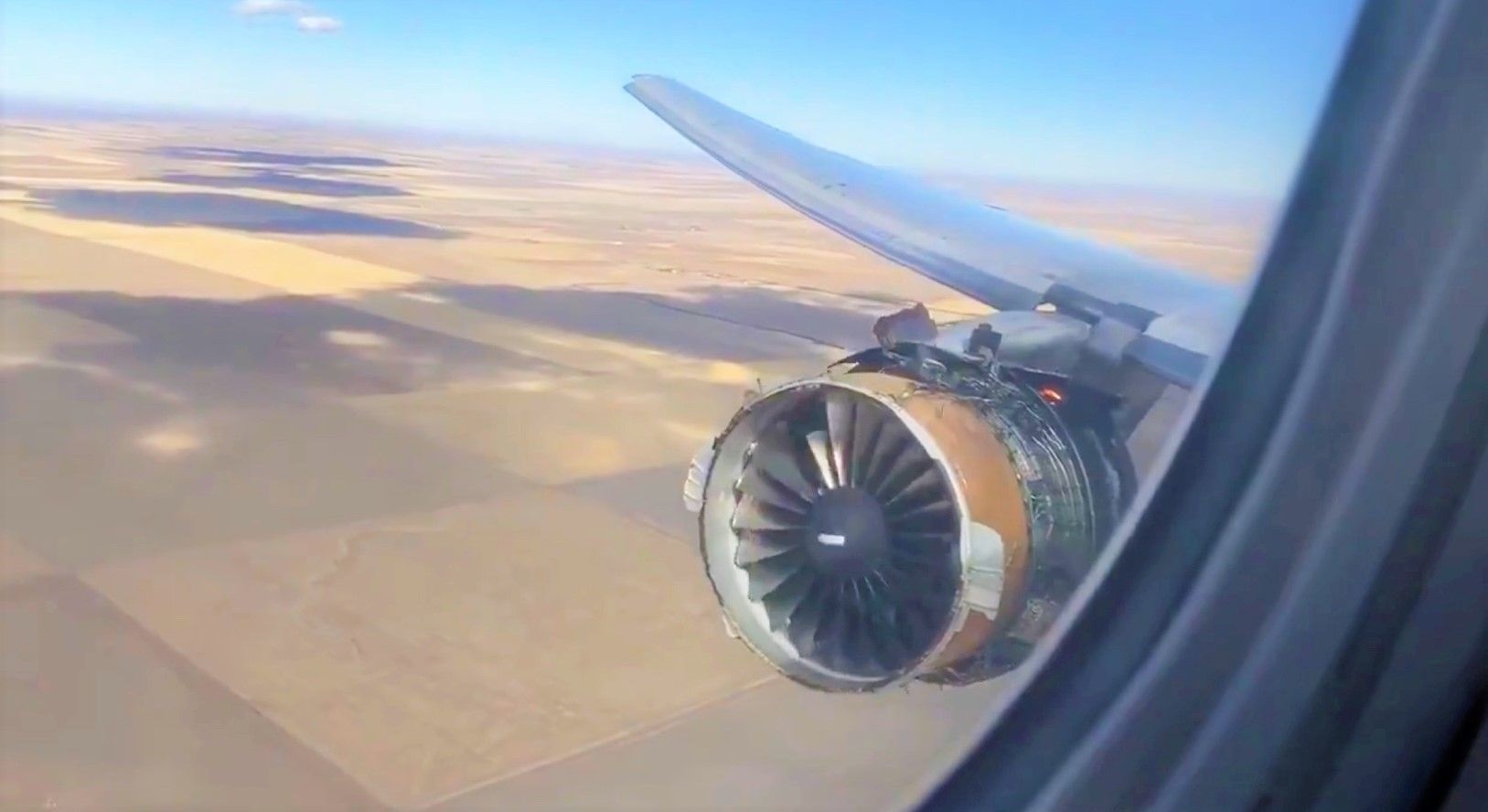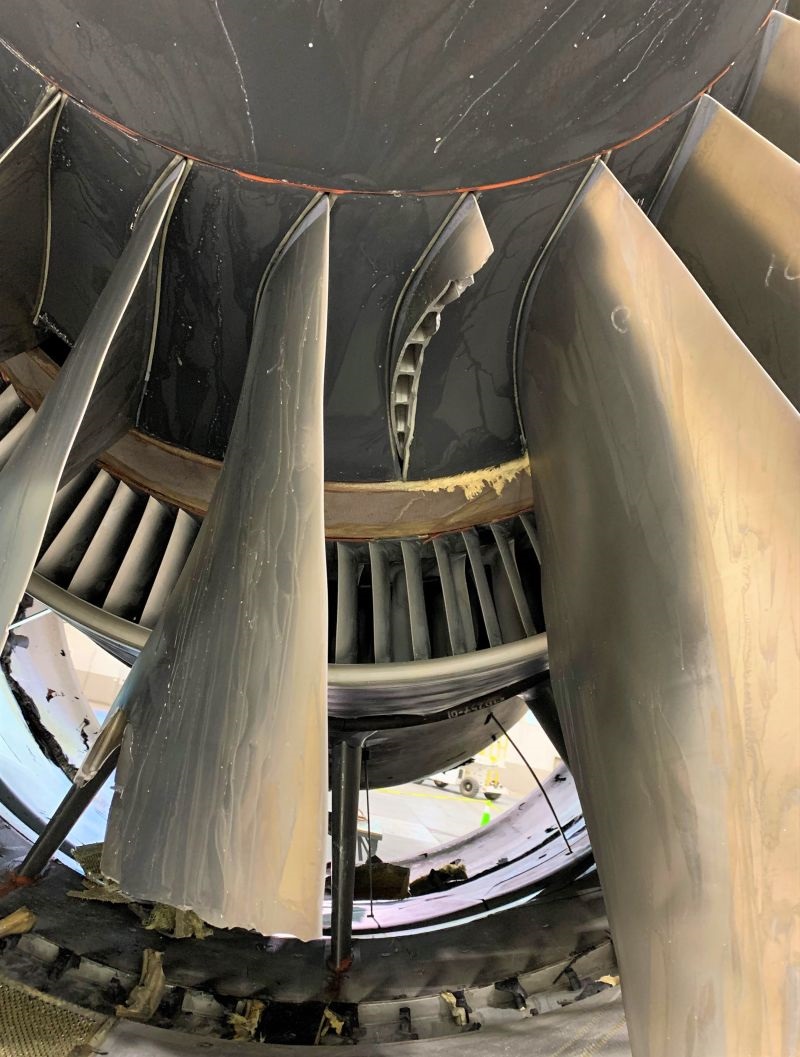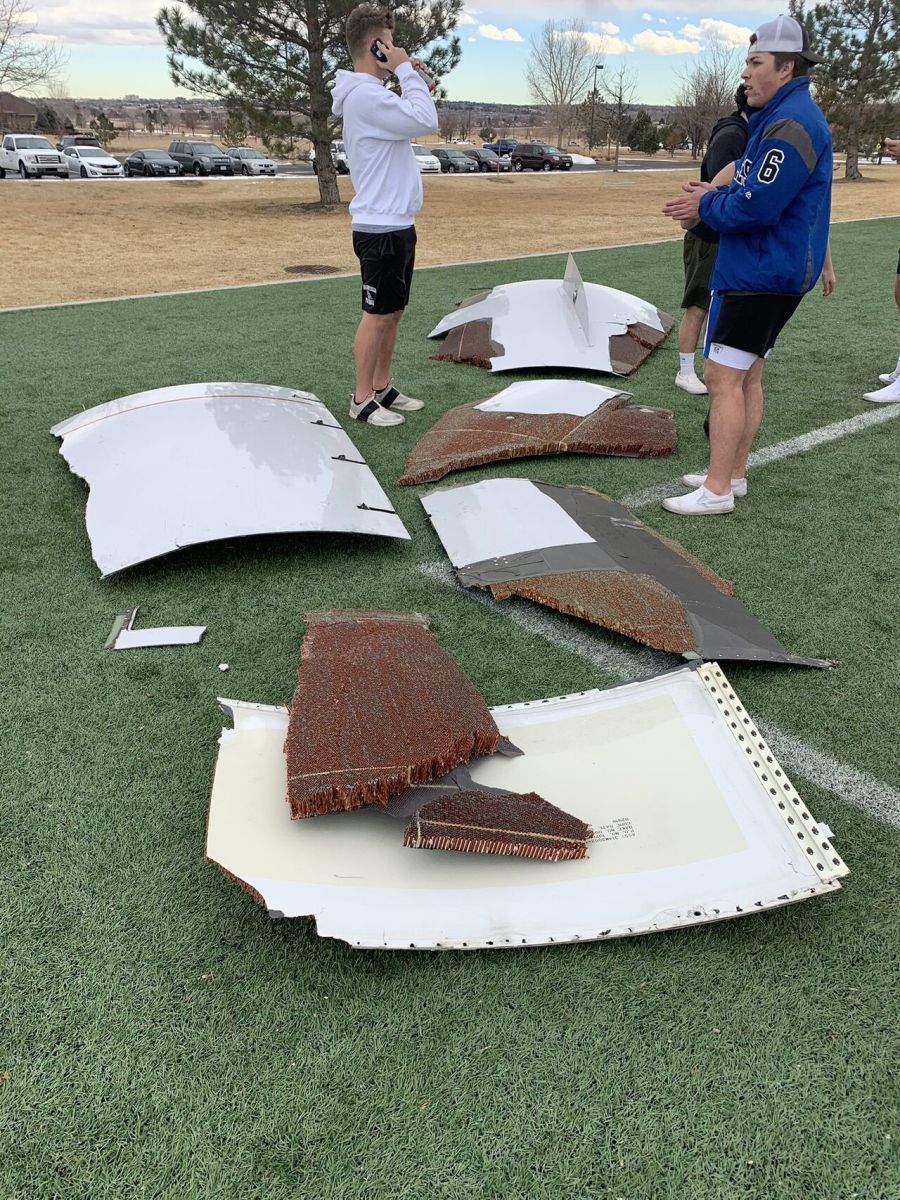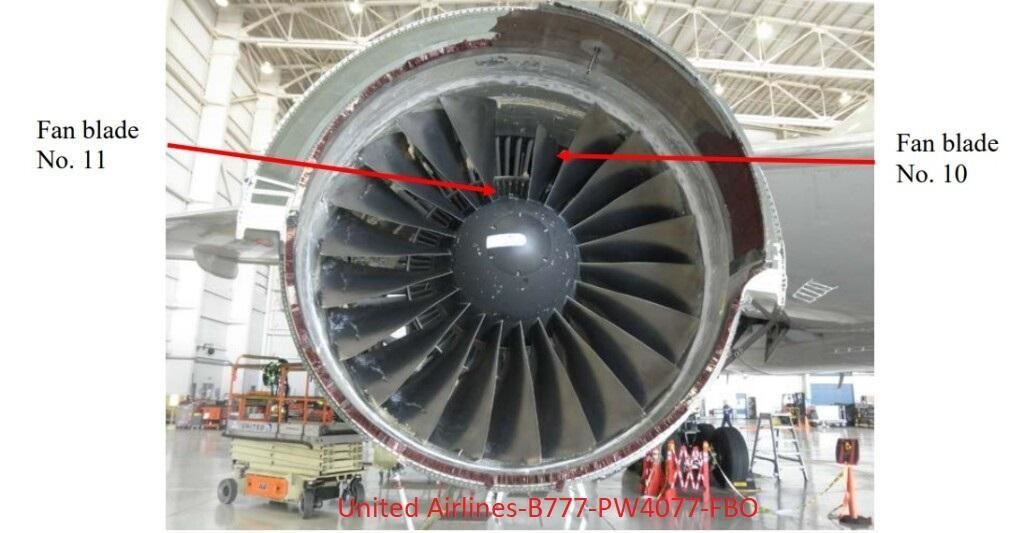


On 7th December, Boeing replied to the Information requested by the FAA in Reference (a) in support of the requested time-Limited Exemption (Docket ID# FAA.-2021-0673), that related to the three Pratt & Whitney 4000-powered Boeing 777 engine failures with Fan Blade Out events.
Post investigation and analysis , Boeing came forward proposing a multi-phased approach, including Type Design changes, to address the potential effect of an engine fan blade failure on 777 airplanes equipped with Pratt & Whitney (P&W) engines.
Boeing recommended the following safety actions for all 777 airplanes equipped with P&W PW4000-112 engines, before the aircraft is returned to service:


Additionally, Boeing recommended the following safety enhancements are installed on the aircraft before return to service:
Boeing said,
"Granting a time-limited partial exemption will allow Boeing to certify, build, and install the foregoing safety enhancements before the airplanes are returned to service."
Within the 5 year compliance term requested, Boeing will certify additional incremental medifications to the nacelle and engine that will allow operators to enhance the safety of their fleets by incorporating the changes as soon as they become available.
Upon completion of the certification of all modifications, the design will be fully compliant to 14 CFR §§ 25.901(c) and 25.903(c), item #6 Engine Torque Loads of Special Conditions 25-ANM-132 2, and appendix K25.1.1 to part 25.
Regarding the Fan blade Inspections, Boeing said ,
Pratt & Whitney and Boeing analysis shows that implementing the improved repetitive fan blade inspections per the October 2021 FAA approved P&W Service Bulletin PW4G-112-A72-361 mitigates large span fan blade fractures from occurring, thus ensuring the ongoing safety of the fleet.
Inspections of the PW4000-112 fleet are already being performed per the Service Bulletin and the ability to detect defects in the field has been successfully demonstrated. Fan blades not meeting the inspection criteria are required to be removed from service.

Regarding the Inlet & Fan Cow Inspections , Boeing said ,
The additional recommended inspection of the nacelle hardware will ensure that it conforms to the approved type design. Recent in-service experience has revealed that inlet and fan cowl composite core materials are susceptible to fluid ingression that can significantly degrade the strength capability of the structure.
Fluid ingression into these composite panels has been identified as a potential contributor to fan cowl parts departing the airplane as seen during the previously experienced P&W powered 777 FBO events.
Boeing recommends inspection of the inlet and fan cowls for fluid ingression and Structural repairs should be performed, as required, before further flight.
Regarding the Hydraulic Shut-off Valve Inspections , Boeing said ,
Recent in-service experience has revealed that hydraulic line shut-off valves (designed to prevent hydraulic fluid from entering the engine compartment during an engine fire) can fail at a more frequent rate than expected.
Prior to further flight, Boeing recommends inspection of these valves and immediate replacement of any faulty valves. In addition, Boeing recommends more frequent recurring inspections of hydraulic shut-off valves.
Regarding the Inlet & Thrust Reverser Modification , Boeing said ,
The modifications to the inlet and thrust reverser that Boeing recommends prior to return to service will enhance safety and provide additional protection in the unlikely event of an FBO.
The proposed inlet modifications address the known root causes of inlet departure during an FBO event. Boeing recommends adding a ballistic shield to protect the inlet from fan blade fragments during an FBO. Similarly, metallic reinforcement of the inlet cowling will ensure structural integrity during an FBO event.
Boeing has performed extensive analysis as documented in the enclosure to reference (b), to ensure that the modified inlet will not depart the airplane, should an FBO event reoccur.
Modifying the thrust reverser to install a debris shield will improve fire containment and reduce the potential hazardous effects of a fire following an FBO event.
Approval of the requested exemption to 14 CFR §§ 25.901(c) and 25.903(c), item 6 Engine Torque Loads of Special Conditions 25-ANM-78, and appendix K25.1.1 to part 25 will enable certification of these proposed inlet and thrust reverser modifications and will enhance safety when the aircraft are returned to service.

Anticipating an FAA - AD , Boeing assures issuance of a series of service bulletins recommending the inspections and modifications detailed above. Boeing will ensure that operators have access to all necessary hardware during the requested exemption time period so they can modify their fleet to a compliant configuration.
Earlier , in the month of February 2021 , FAA had issued Emergency Airworthiness Directive: 2021-05-51 on PW4074, PW4074D, PW4077, PW4077D, PW4084D, PW4090, & PW4090-3 model turbofan engines.
